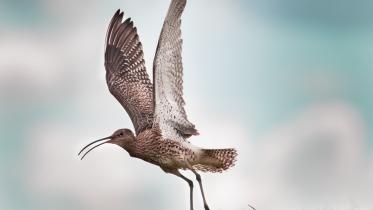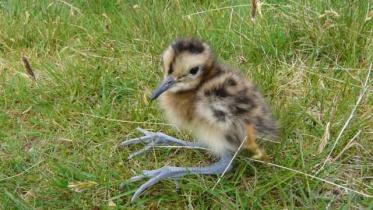
How to help safeguard geodiversity
Everyone can help to protect Scotland's Geodiversity and benefit from it.
Individuals
As an individual, you can:
- contact the owner of your favourite geodiversity site to offer your help
- campaign for greater recognition of geodiversity conservation by politicians, the media and the public
- join or start a local geoconservation group
- get involved in one of Scotland’s geoparks
- learn about geology at your local museum
- join the Scottish Geodiversity Forum
- if collecting geological samples, follow our Guidance on collecting geological samples from Sites of Special Scientific Interest in Scotland
Site owners
The success of geodiversity conservation depends on the goodwill of site owners. If your site has an Earth science interest, you can play a major part by managing the site sympathetically and allowing access for study.
Direct anyone wishing to study the Earth science interest or take geological samples from your site to our Guidance on collecting geological samples from Sites of Special Scientific Interest in Scotland.
Contact us if you’d like to do more or are willing to support site improvements.
Museums
Museums that house Scotland’s rock and fossil collections can actively promote responsible fossil and mineral collecting, through natural heritage interpretation and educational programmes.
Find out why your museum should sign Scotland’s Geodiversity Charter.
Universities
As centres of excellence in Earth sciences, universities can advise on and support the conservation of nearby sites. Staff and students can join or start a local geoconservation group.
Departments can also support nationwide conservation through research and publications.
Promote our Guidance on collecting geological samples from Sites of Special Scientific Interest in Scotland among your staff and students.
Find out why your institution should sign Scotland’s Geodiversity Charter.
Planners
Read our guidance for planners and developers on geology and minerals.
Find out why your council should sign Scotland’s Geodiversity Charter.
Quarry operators
Many important geodiversity sites are in active or disused quarries, and considerate management can help to conserve the geodiversity interest.
Allowing access properly equipped researchers, working to agreed safety rules, is vital for the study of Earth science. Final faces of quarries are often inaccessible or unsafe, however, making research difficult and dangerous.
You can help to produce ideal study sites by:
- limiting smooth blasting of rock faces
- leaving selected parts of a rock face as 5m steps
Preparing a local geodiversity action plan could help you to plan such conservation initiatives at little extra cost.
Find out why your business should sign Scotland’s Geodiversity Charter.
Landfill operators
Landfill in pits or quarries can bury unique geological features. Total loss can often be avoided by using only part of a quarry to dispose of waste, so that at least one rock face is left clear for research and education.
Such initiatives cost money and must be properly designed, however. NatureScot may be able to advise on design in some cases.
Scientists
Geologists, geomorphologists and soil scientists can:
- share with us your invaluable knowledge of particular sites
- join or start a local geoconservation group
- always practise responsible fieldwork
- join the Scottish Geodiversity Forum
- if collecting geological samples, follow our Guidance on collecting geological samples from Sites of Special Scientific Interest in Scotland
Teachers
To find out about teaching geodiversity, contact the Earth Science Teachers’ Association
Rockwatch is a nationwide geology club for children and young people interested in rocks, fossils, minerals or landscape.
You can also join the Scottish Geodiversity Forum




